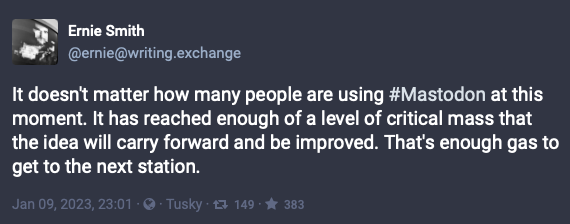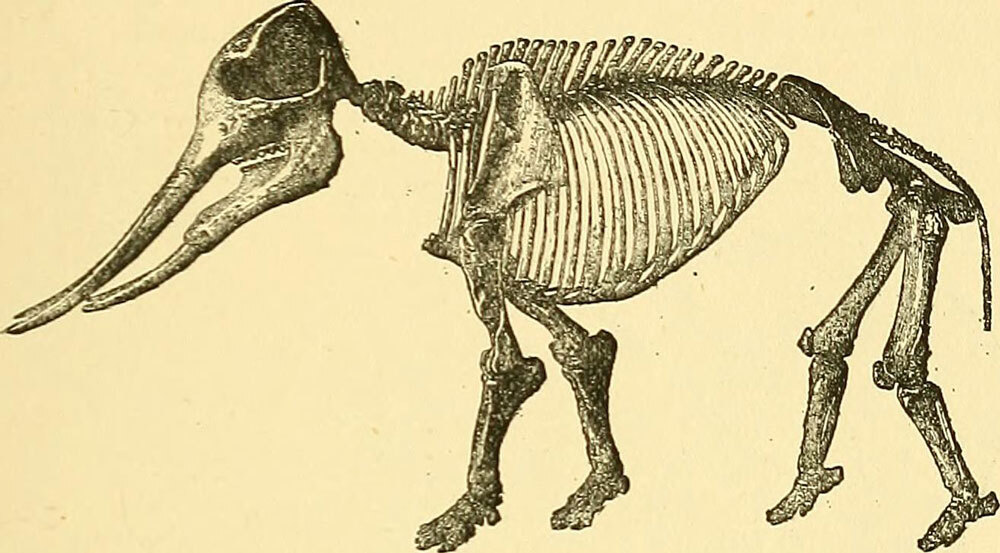
(Isaac Smith/Unsplash)
There’s this concept in technology that I know all too well but may not be all that prominent outside of tech media circles.
Simply put, it’s called the Gartner Hype Cycle, and it refers to the way that something will emerge on the scene, come to dominate the discussion to the point that people will become sick of it, and then bottom out before finding a normal wave of discussion. If it can find that norm, the technology will continue to grow at a normal pace.
This is usually reserved for bigger concepts in technology, rather than ideas. And I think it’s important that when we look at a concept like federation or open-source social media, we’re looking at it through that lens, rather than the more binary success-flameout cycle often associated with new social networks like Clubhouse.
For that reason, I found myself taking issue with The Guardian’s assessment of Mastodon’s growth at this time, in a piece by Josh Nicholas. It’s not that the numbers don’t tell an interesting story—that a site that drew in 2.5 million users immediately after the Elon Musk blowup is now a little down in its active user count—but I think they focus on the wrong story.
And I think the tell is by the social media expert they quote, Meg Coffey, who says this: “It’s like the people that said ‘I’m moving to Canada’ when Donald Trump was elected. They never actually moved to Canada.”
The thing is, Mastodon is at its heart a noncommercial network that isn’t really doing much in the way of marketing beyond word of mouth. It is not actively trying to dominate the App Store or using algorithms to juice up its user count. (If it does, happy accident.) In fact, it is actually trying to do the opposite by discouraging taken-for-granted features like quote-posting and granular searches.
And it is built on a new paradigm for social media, the fediverse concept, which is still relatively new on the mainstream stage and hasn’t had enough chances to really have its tires kicked.
So really, the sign of success for this new type of social network is that it has a large enough number of users, a critical mass, that a large portion of people who are already there feel the desire to continue to post there, that most of their social media needs are met by federated social media and they as a result can continue to offer their voice within the feedback loop.
And I think given that, it should be allowed a spot on the hype cycle as an emerging technology that isn’t trying to maximize numbers, but continuing to improve. It will have its moments of hype, but what matters is that it reaches normalized growth and improvement.
It needs to be seen as what it is—not as social network that will get a little attention from time to time, but as an open-source project built on an open network that needs the space to improve. The network just hit critical mass for the first time a few months ago, and that critical mass will help it improve in important ways, including by encouraging developers to improve the processes of onboarding, navigation, and other kinks that might have scared those curious users off.
Mastodon, and fediverse technologies like it, are doing something significantly harder than just building yet another social network with central ownership and a single point of failure. We owe it to this work to not measure it like it’s just another social network, because it’s trying to do something harder—it’s trying to build a foundation for social media that doesn’t have to be commercial.
Measuring a new paradigm based on the old paradigm’s ROI misses the bigger picture.
Time limit given ⏲: 30 minutes
Time left on clock ⏲: 1 minute, 33 seconds




